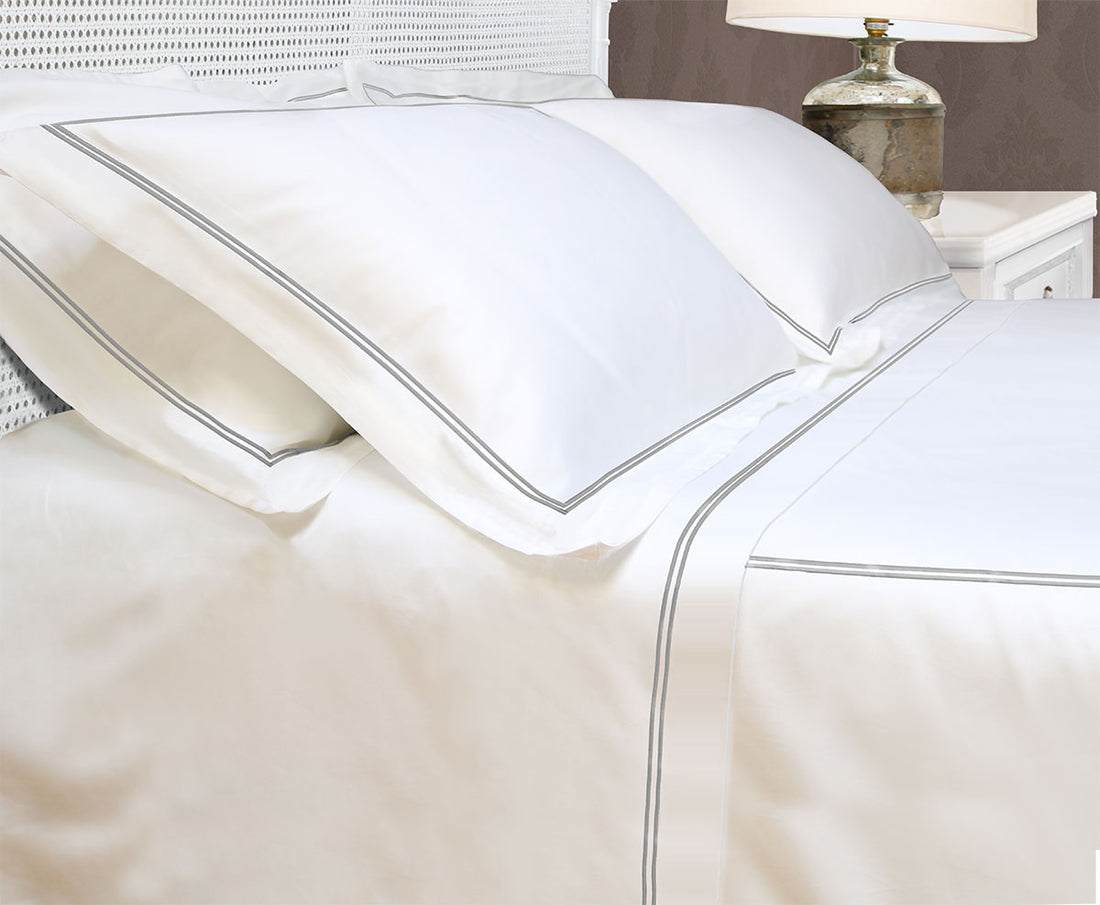How do you iron a duvet cover to achieve that 5 star hotel quality look? A beautiful cotton fabric will certainly repay you the effort of ironing when you see just how stunning it looks on your bed. One obvious point. The bigger the duvet cover the harder the ironing can be. But, we've had plenty of practice and we normally find the following method works well and makes it much easier.

After washing your duvet cover in accordance with the instructions in the washing label, we recommend tumble drying until it is airing cupboard dry leaving a very slight hint of dampness. A good steam iron will make the ironing process easier. We use a steam iron with a separate water tank as we iron a lot of duvet covers! These retail for around £150 but there are many other good ones in a range of prices.
Once you have removed it from the tumble dryer (or washing line) fold the duvet in half and then in half again do that it is reduced to a quarter of its normal size. Trying to iron it as a single piece is almost impossible on a normal ironing board as it will drape over the floor. Iron the first quarter and then turn the duvet over and iron the reverse quarter. You are half way there already! Now fold one of the quarters back and fold it under the other way so that the un-ironed quarters are now on the outside. Now iron one quarter and then flip and iron the other. Job done!
If you have a sturdy wooden table, you can lay the duvet cover on the table - be careful to have a heat resistant cover underneath to protect the table. If the table is big enough, that allows you to iron the duvet in two halves rather than quarters which is marginally quicker and easier than with an ironing board. We use a table when we are doing a lot of ironing.
With natural flax linen, if you prefer more of a matt look, iron inside out. For cotton, it makes no difference. Of course you can leave the ironing altogether for the au naturel look - particularly popular with the more casual style of natural linens.
